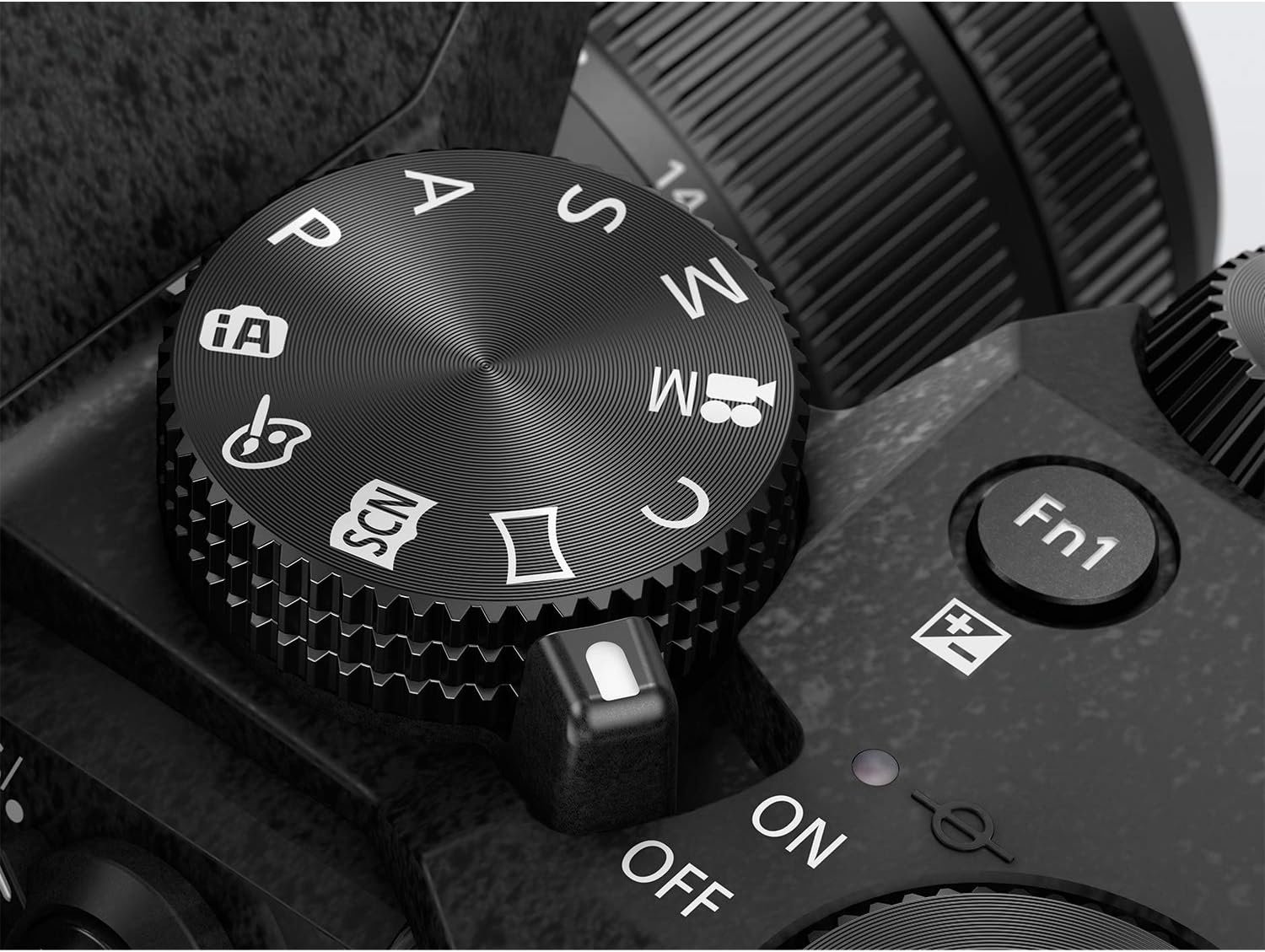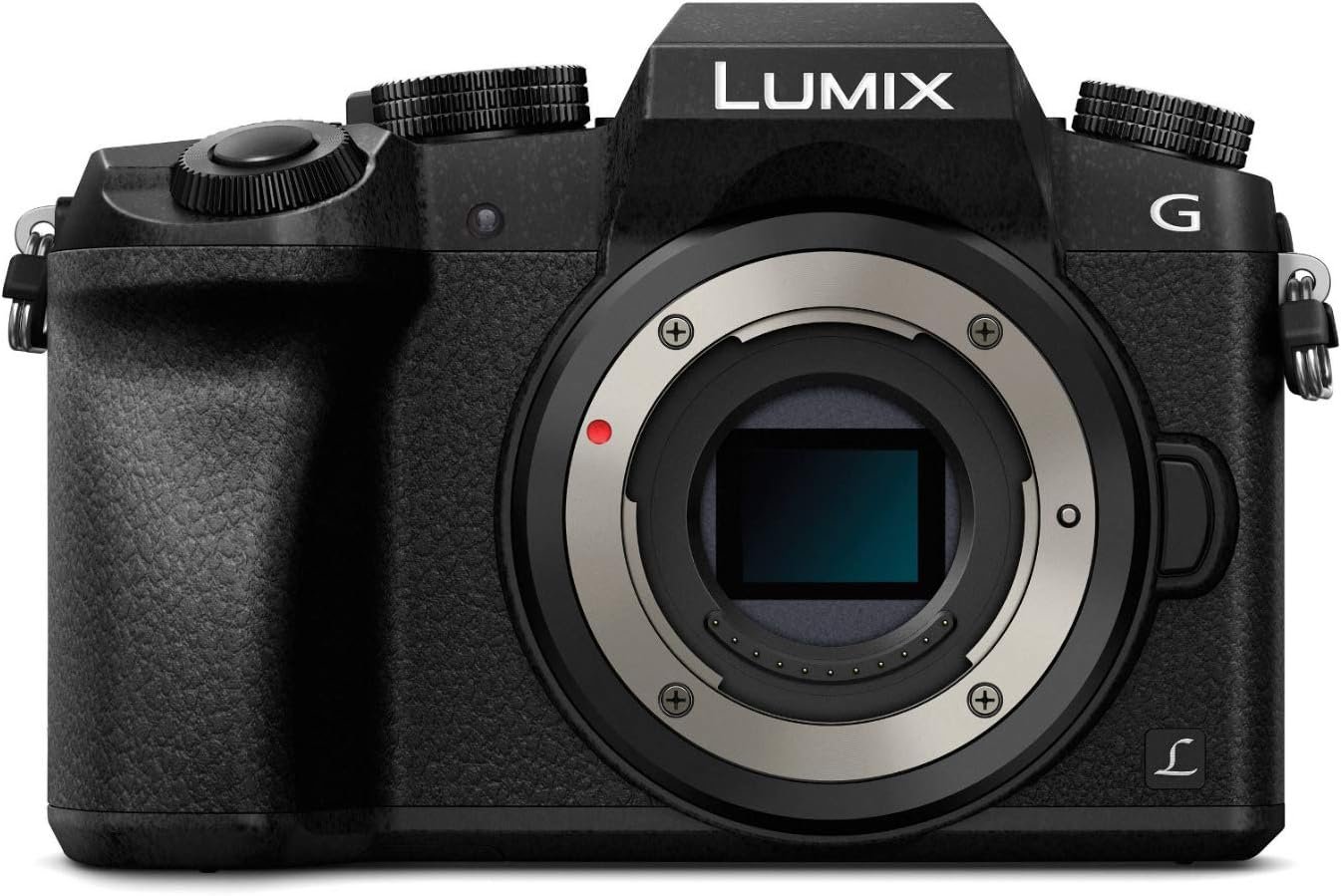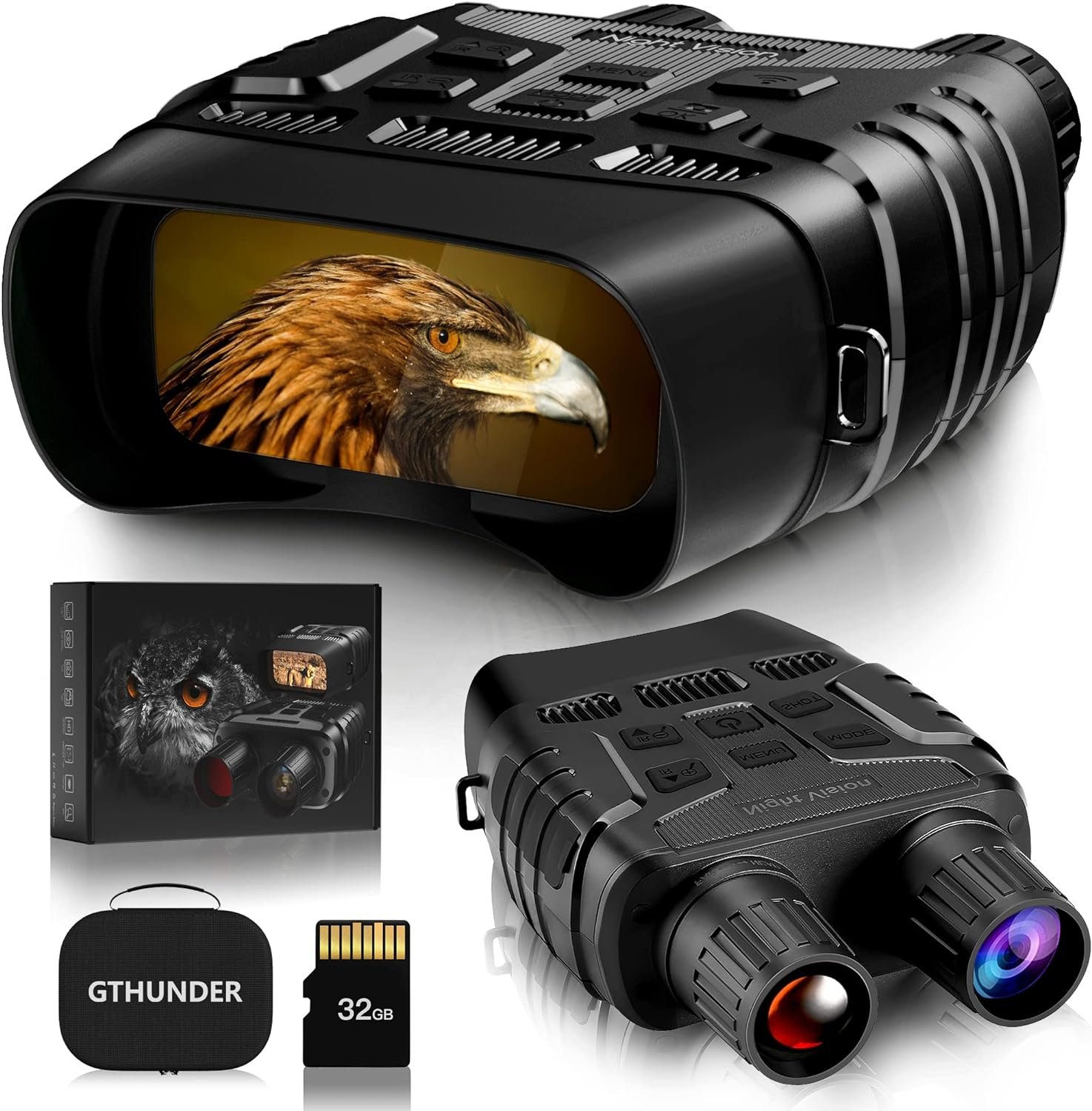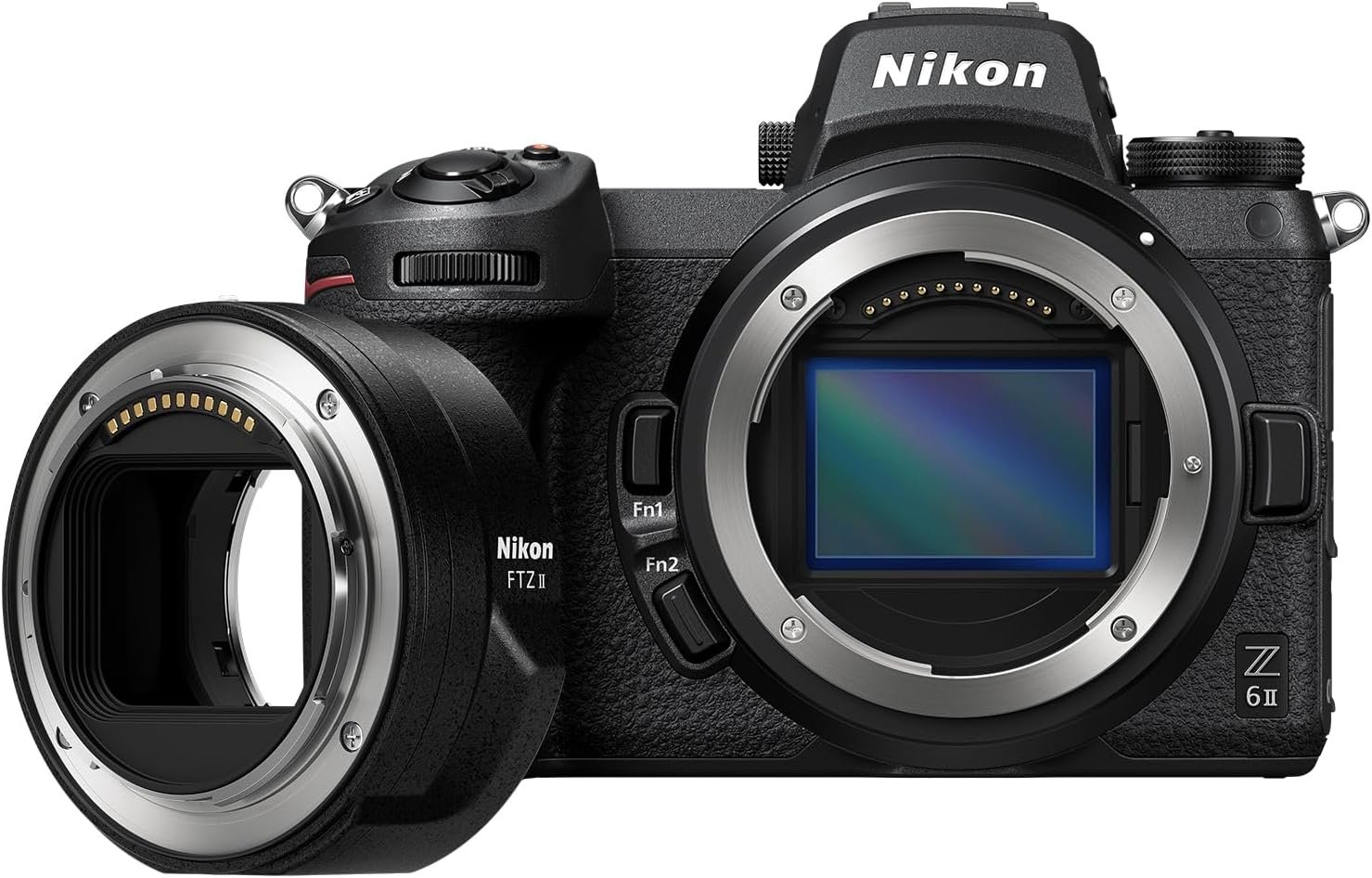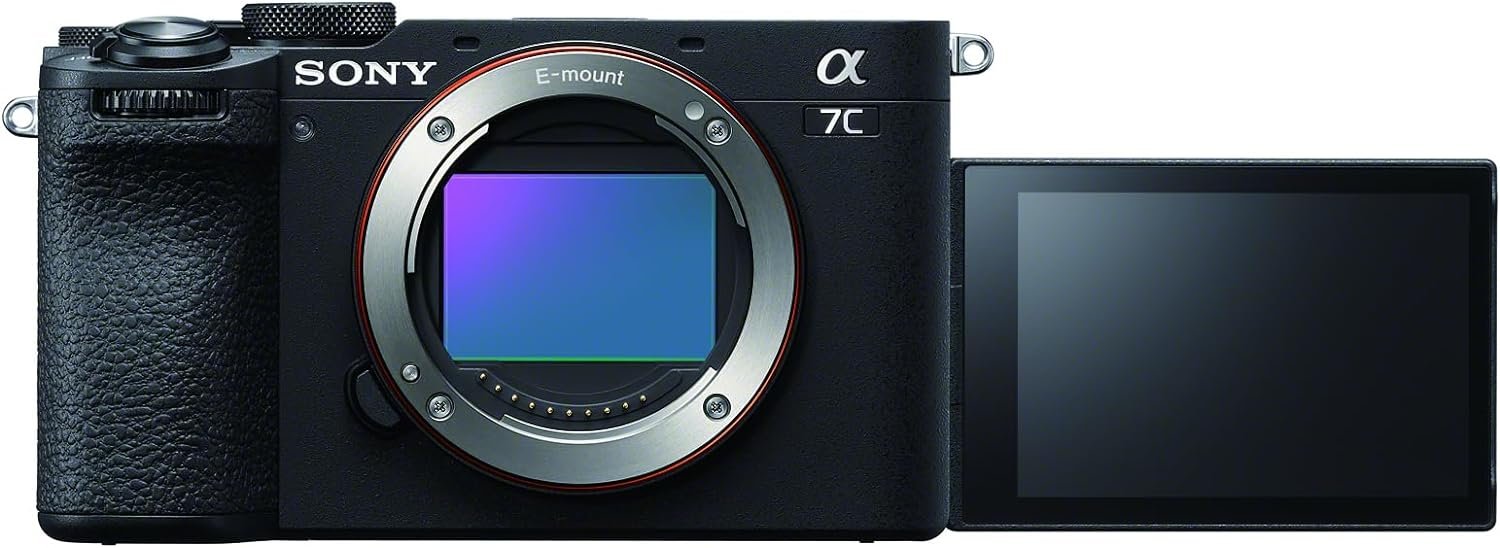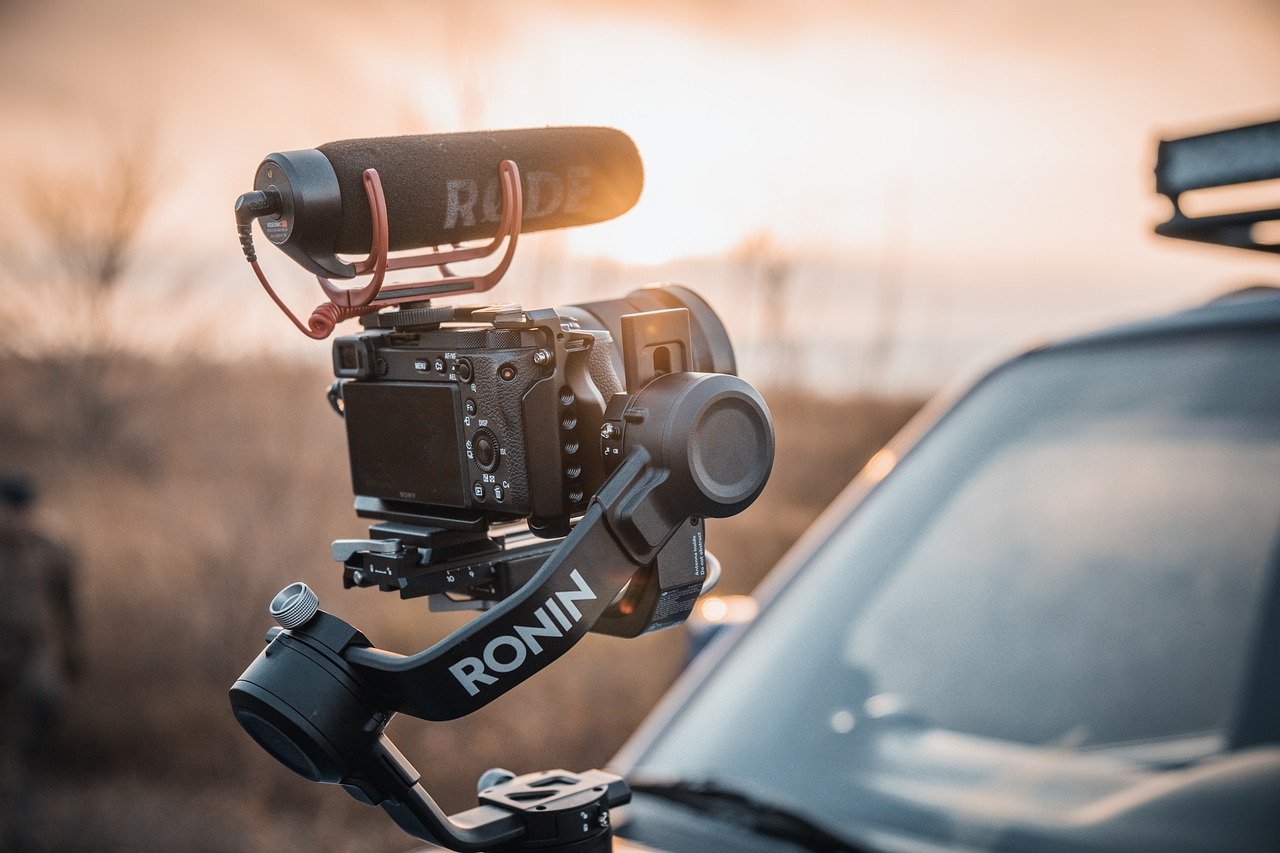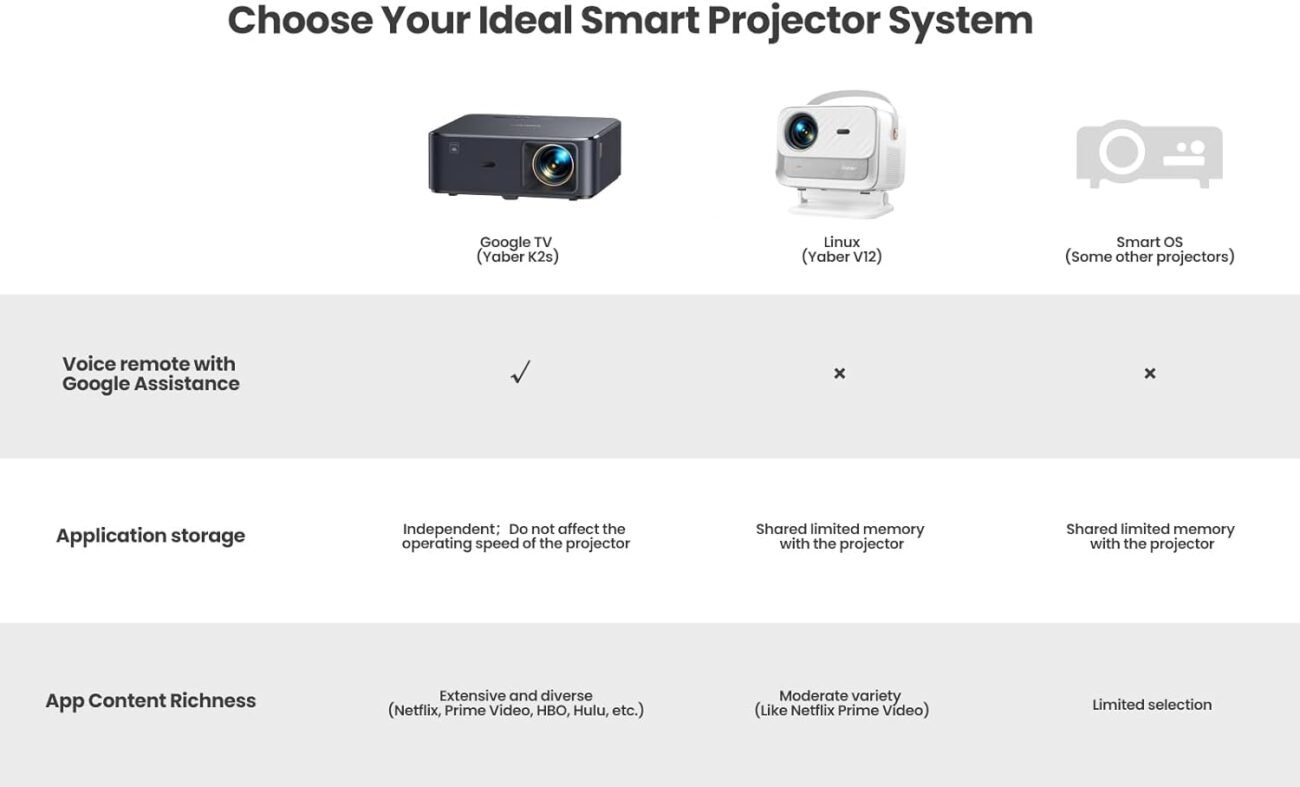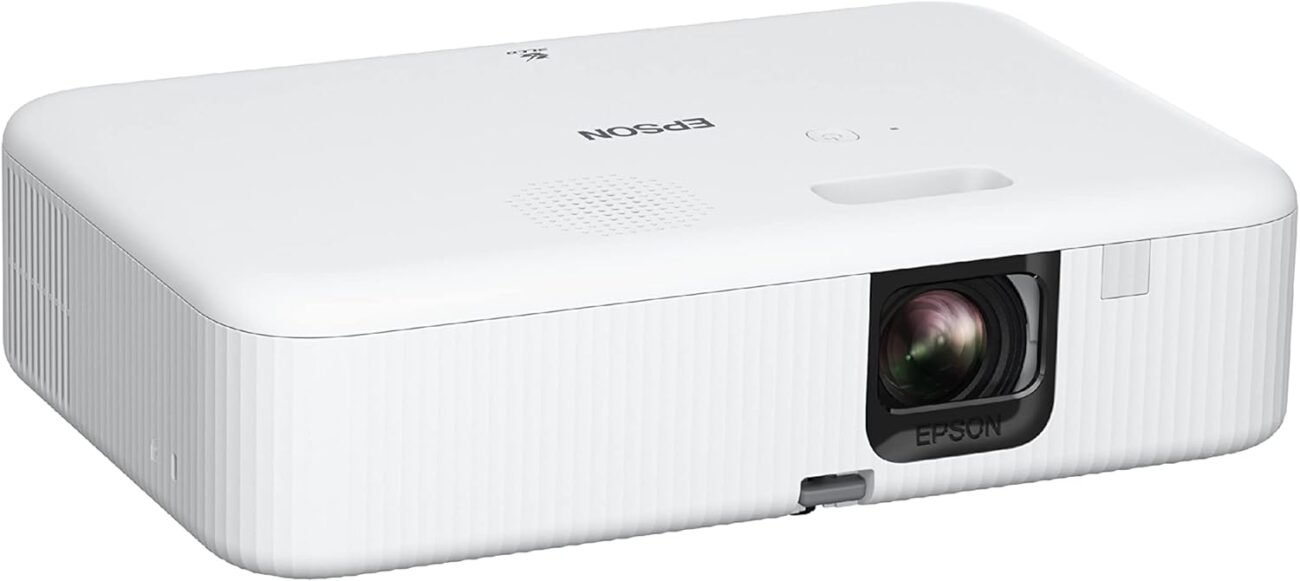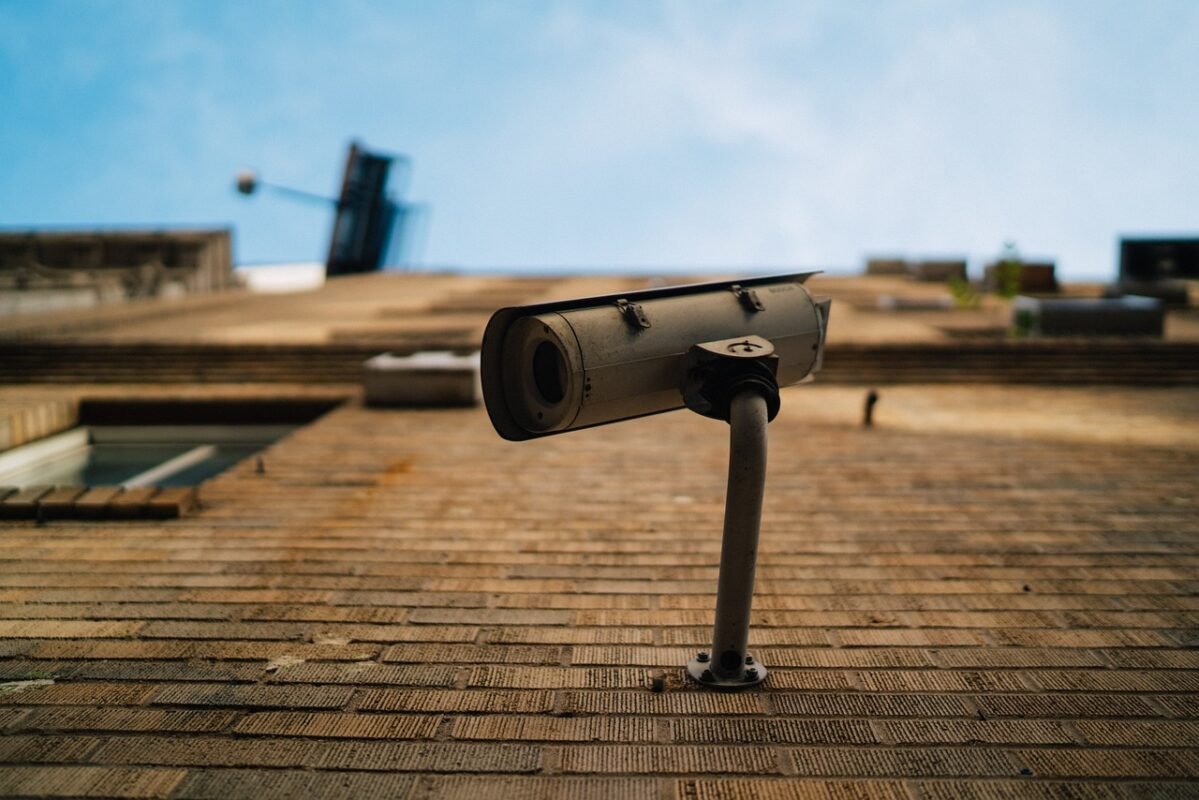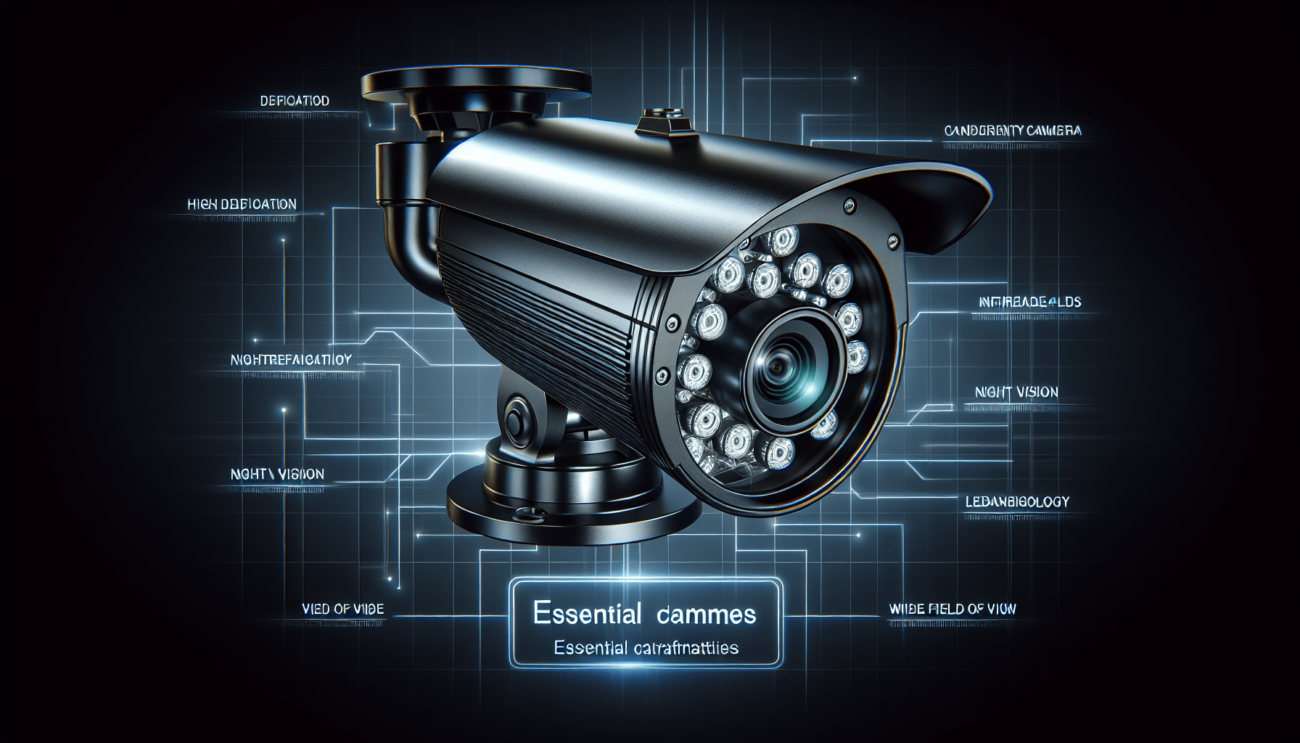Have you ever wondered how image stabilization works in cameras? This technology helps reduce blurriness in your photos by compensating for any shaky movements while capturing a shot. By using gyroscopic sensors and adjusting the lens or image sensor position, image stabilization ensures that your photos come out clear and sharp every time. Next time you snap a picture, remember to thank image stabilization for helping you capture that perfect shot. How Does Image Stabilization Work In Cameras?
Have you ever wondered how your camera manages to produce sharp, blur-free images, even in low light or while capturing fast-moving subjects? The key to this magic is image stabilization. In this article, we will delve into how image stabilization works in cameras, breaking down the technology behind it and the various forms it can take. By the end, you’ll have a better understanding of how this feature enhances your photography experience.

This image is property of pixabay.com.
Understanding Image Stabilization
Image stabilization is a technology designed to reduce the effects of camera shake, resulting in sharper images. This shake can occur when the camera is handheld, especially in low light conditions or when using slower shutter speeds. By compensating for this movement, image stabilization helps to minimize blurriness and produce clearer photos.
Optical Image Stabilization (OIS)
Optical Image Stabilization (OIS) is a popular form of image stabilization that involves physical components within the camera lens or sensor. These components move to counteract any unintended camera movements, resulting in sharper images. OIS is particularly effective in reducing blur caused by hand tremors or minor movements while shooting.
Sensor-Shift Image Stabilization
Sensor-shift image stabilization, on the other hand, involves moving the camera’s sensor to compensate for any camera shake. This technology is built directly into the camera body instead of the lens, making it a versatile option for different lenses and camera systems. Sensor-shift stabilization can be effective in reducing blur for all types of lenses, making it a preferred choice for many photographers.
How Image Stabilization Works
Now that we have a basic understanding of image stabilization, let’s dive deeper into how this technology actually works within cameras.
Gyroscopes and Accelerometers
One of the key components of image stabilization systems are gyroscopes and accelerometers. These sensors detect any movements or vibrations the camera experiences while shooting. By measuring these movements, the system can calculate the amount and direction of correction needed to stabilize the image.
Microprocessors and Algorithms
Once the gyroscopes and accelerometers detect camera movements, the information is sent to microprocessors within the camera for processing. Advanced algorithms then analyze this data to determine the appropriate adjustments needed to stabilize the image. These calculations happen in real-time, ensuring that the corrections are made quickly and effectively.
Lens or Sensor Shift Mechanisms
Based on the calculations from the algorithms, the image stabilization system then activates the lens or sensor shift mechanisms. In optical image stabilization systems, tiny motors within the lens move optical elements to counteract camera shake. In sensor-shift systems, the camera’s sensor moves slightly to compensate for any movement. These adjustments happen quickly and continuously while shooting, ensuring that the image remains sharp and stable.
Types of Image Stabilization
Image stabilization technology has evolved over the years, leading to the development of various types of stabilization systems that cater to different needs and shooting scenarios.
In-Lens Image Stabilization
In-lens image stabilization, as the name suggests, is built directly into the camera lens. This system relies on gyroscopes and accelerometers within the lens to detect and correct any camera movements. In-lens stabilization offers the advantage of stabilizing the view through the optical viewfinder, making it easier for photographers to compose their shots. However, this type of stabilization is specific to the lens it is built into, which can limit its effectiveness with other lenses.
In-Body Image Stabilization
In-body image stabilization, also known as sensor-shift stabilization, is integrated within the camera body itself. This system moves the camera’s sensor to compensate for any shake, providing stabilization for all lenses attached to the camera. In-body stabilization offers the flexibility of using stabilization with a wide range of lenses, making it a popular choice among photographers who use different lenses for their work.
Hybrid Image Stabilization
Hybrid image stabilization combines both in-lens and in-body stabilization technologies to provide enhanced stabilization performance. By utilizing the strengths of both systems, hybrid stabilization offers improved stability and precision, resulting in sharper images even in challenging shooting conditions. Some camera manufacturers have implemented hybrid stabilization systems in their high-end models to deliver superior image quality.
Benefits of Image Stabilization
Image stabilization offers a range of benefits for photographers, enabling them to capture sharp, clear images in a variety of shooting scenarios.
Reduced Camera Shake
The primary benefit of image stabilization is the reduction of camera shake, resulting in sharper images. Whether shooting handheld in low light conditions or capturing fast-moving subjects, image stabilization helps to minimize blur and produce clearer photos.
Improved Low Light Performance
In low light situations, where slower shutter speeds are often necessary, image stabilization can make a significant difference. By stabilizing the image, photographers can use slower shutter speeds without worrying about blur from camera shake, allowing them to capture well-exposed photos in challenging lighting conditions.
Greater Flexibility for Handheld Shooting
Image stabilization technology provides photographers with greater flexibility for handheld shooting. Instead of relying on tripods or other stabilization tools, photographers can confidently shoot handheld knowing that the stabilization system will compensate for any camera movements. This flexibility is particularly useful for capturing spontaneous moments or shooting in dynamic environments.
Enhanced Video Quality
Image stabilization is not only beneficial for still photography but also for videography. By stabilizing the image during video recording, photographers and videographers can capture smooth, steady footage without the distraction of shaky movements. This feature is especially valuable for vloggers, filmmakers, and content creators who rely on stable footage for their work.

This image is property of pixabay.com.
Image Stabilization in Action
To better understand how image stabilization works in real-world scenarios, let’s look at a few examples of when and how this feature can be beneficial for photographers.
Handheld Portraiture
When shooting portraits handheld, image stabilization can make a significant difference in the sharpness and clarity of the image. By stabilizing the camera and compensating for any small movements, photographers can capture detailed portraits without the risk of blur from camera shake. This is particularly useful when shooting with longer focal lengths or in low light conditions.
Action Photography
For photographers capturing fast-paced action, image stabilization can help maintain sharpness and clarity in their shots. Whether photographing sports events, wildlife, or other dynamic subjects, stabilization technology can compensate for sudden movements and keep the image stable, even when shooting at high shutter speeds. This ensures that crucial moments are captured with precision and detail.
Night Photography
In low light or nighttime photography, image stabilization becomes invaluable for producing well-exposed and clear images. By stabilizing the camera during long exposures, photographers can capture stunning nightscapes, star trails, or light trails without the risk of blur from hand movements. Image stabilization allows photographers to push the limits of their creativity in challenging lighting conditions.
Video Recording
When shooting video, image stabilization plays a crucial role in ensuring smooth and steady footage. Whether recording handheld or moving shots, stabilization technology helps eliminate shaky movements and vibrations, resulting in professional-looking videos. Content creators, vloggers, and filmmakers rely on image stabilization to maintain the quality of their video content and provide viewers with an engaging visual experience.
Conclusion
In conclusion, image stabilization is a vital technology that enhances the photography and videography experience for enthusiasts and professionals alike. By reducing camera shake, stabilizing images, and providing greater flexibility for handheld shooting, image stabilization opens up creative possibilities and ensures the production of high-quality photos and videos. Understanding how image stabilization works and the different types available can help photographers leverage this technology to improve their work and achieve better results in various shooting scenarios. So next time you’re out shooting with your camera, remember to appreciate the magic of image stabilization working behind the scenes to bring your vision to life.
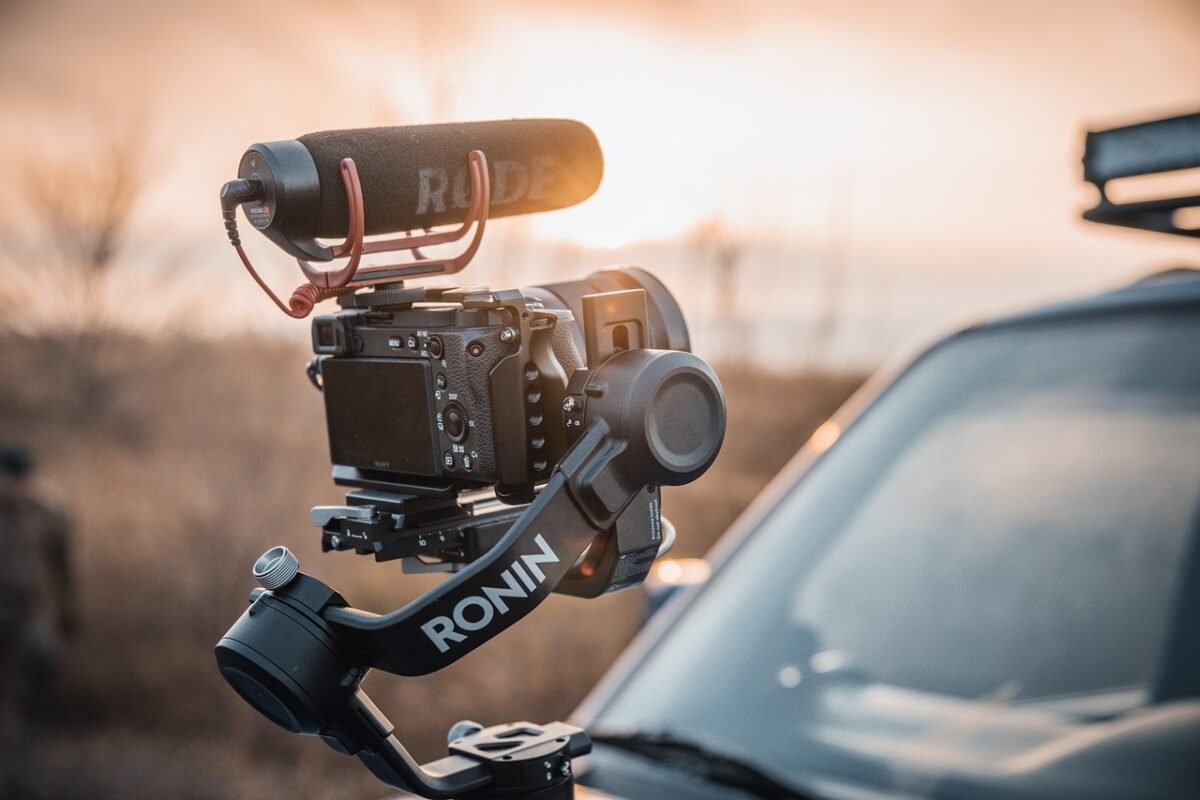
This image is property of pixabay.com.











